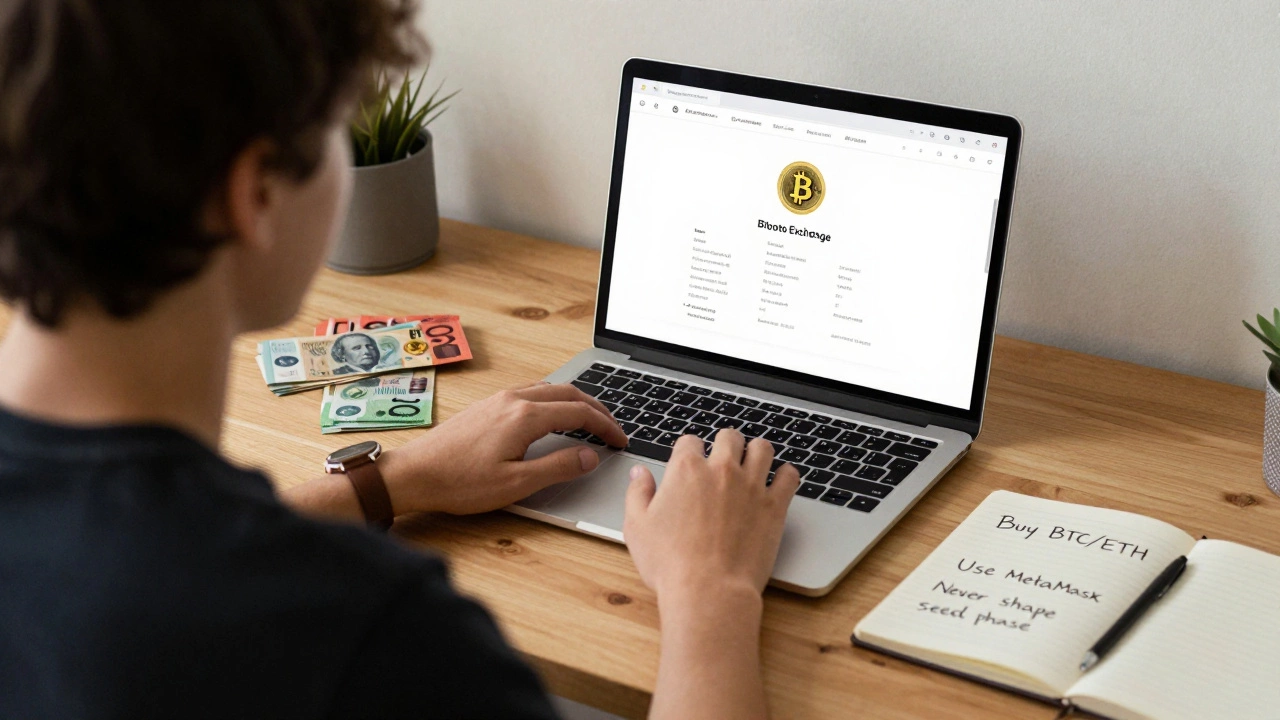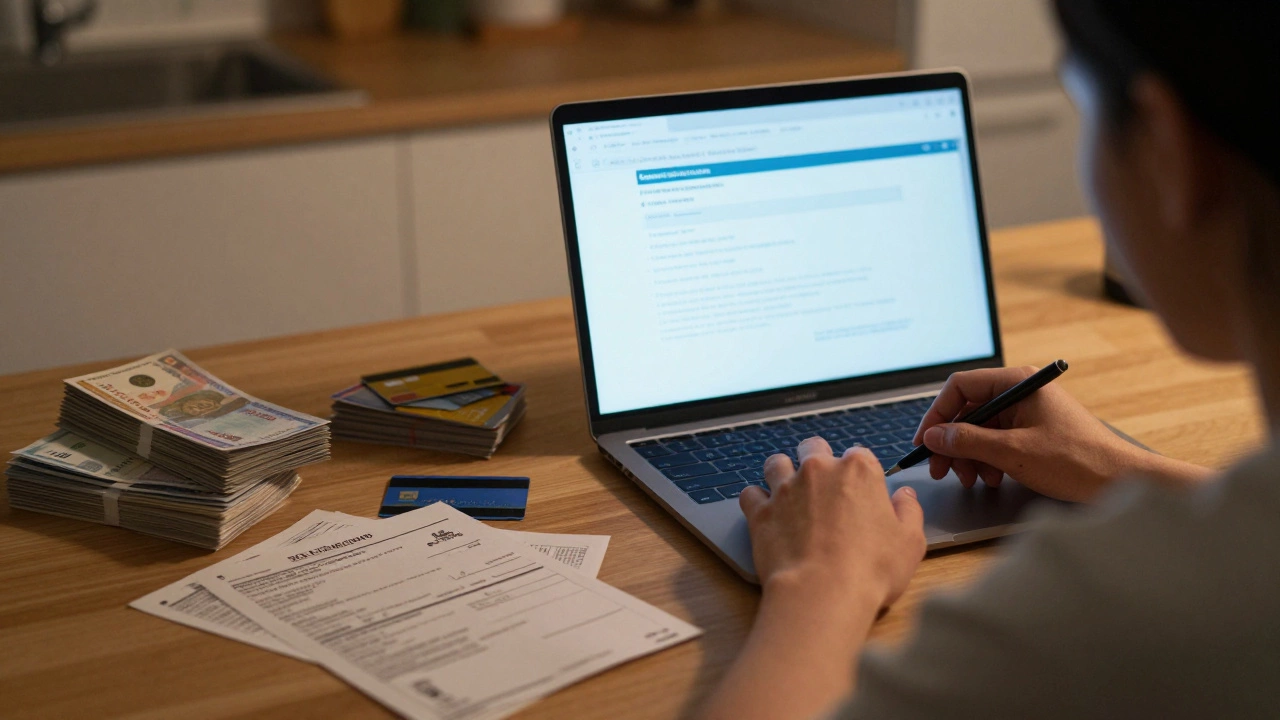Australia Student Loan: What You Need to Know
Thinking about university costs in Australia? Most students end up with a HECS‑HELP or other government loan. It isn’t a mystery—your loan is a tax‑deferred debt that you start repaying once you earn over the threshold. The key is to understand how the balance grows, when repayments kick in, and what choices you have to keep the burden manageable.
One of the biggest myths is that you can ignore the loan until you’re financially comfortable. In reality, the Aussie tax system automatically deducts a percentage of your income once you cross the threshold, so the debt shrinks without you doing anything. That’s handy, but it also means you can’t pause the repayments unless you fall below the threshold.
How Student Loans Affect Your Home Purchase
If you’re dreaming of a first home, your student debt matters more than you think. Lenders look at your total debt‑to‑income ratio, and a sizable HECS‑HELP balance can push you over the line for a mortgage. The good news is that the loan is treated as a non‑mortgage debt, so it doesn’t count against your borrowing capacity in the same way as a credit card balance. Still, a high debt level can lower the amount you’re approved for.
For example, an article on our site explains the interaction between HECS‑HELP and mortgage eligibility. It shows that a $20,000 student debt might reduce the loan you can get by about $10,000, depending on the lender’s policies. The practical tip is to keep your credit score healthy, save a larger deposit, and consider paying down the loan early if you can afford it.
Smart Ways to Manage Your Repayment
The easiest way to stay ahead is to make voluntary payments when you have extra cash. Even small top‑ups cut the interest built into the indexation and shorten the overall term. Our guide on student loan refunds explains why a refund check in 2024 can be a golden opportunity to knock down the principal.
Another strategy is to switch to a lower‑interest investment for your spare money. Instead of letting it sit in a low‑yield account, you could invest in a diversified portfolio and use the returns to boost your loan payments. Just be sure the investment risk matches your comfort level, because you don’t want to lose money and end up farther behind.
Finally, keep an eye on the repayment threshold each fiscal year. If a raise pushes you just over the line, you might consider pausing non‑essential spending to avoid a bigger deduction next month. Budgeting tools and our easy‑to‑use calculators can show you exactly how much of your salary will go toward the loan at different income levels.
Whether you’re planning to buy a house, aiming to clear your debt faster, or just want to avoid surprise deductions, understanding the mechanics of Australian student loans is the first step. Use the resources on this page to get practical tips, real‑world examples, and a clear path forward. Your financial future doesn’t have to be a guessing game—take control today.

Minimum Credit Score Needed for a Student Loan in Australia
Learn the credit score thresholds for Australian student loans, how lenders evaluate applications, and practical steps to boost your score before you apply.





